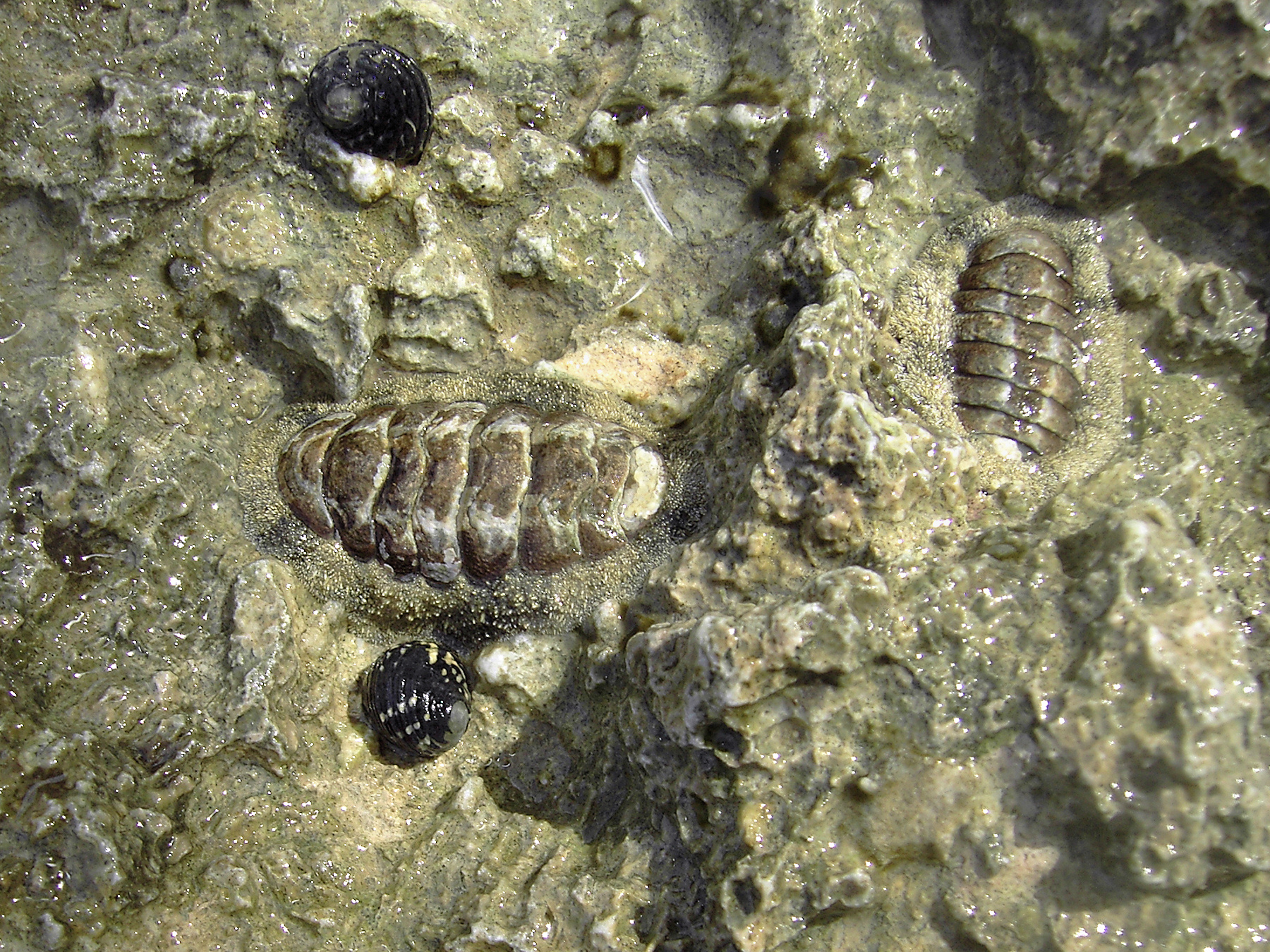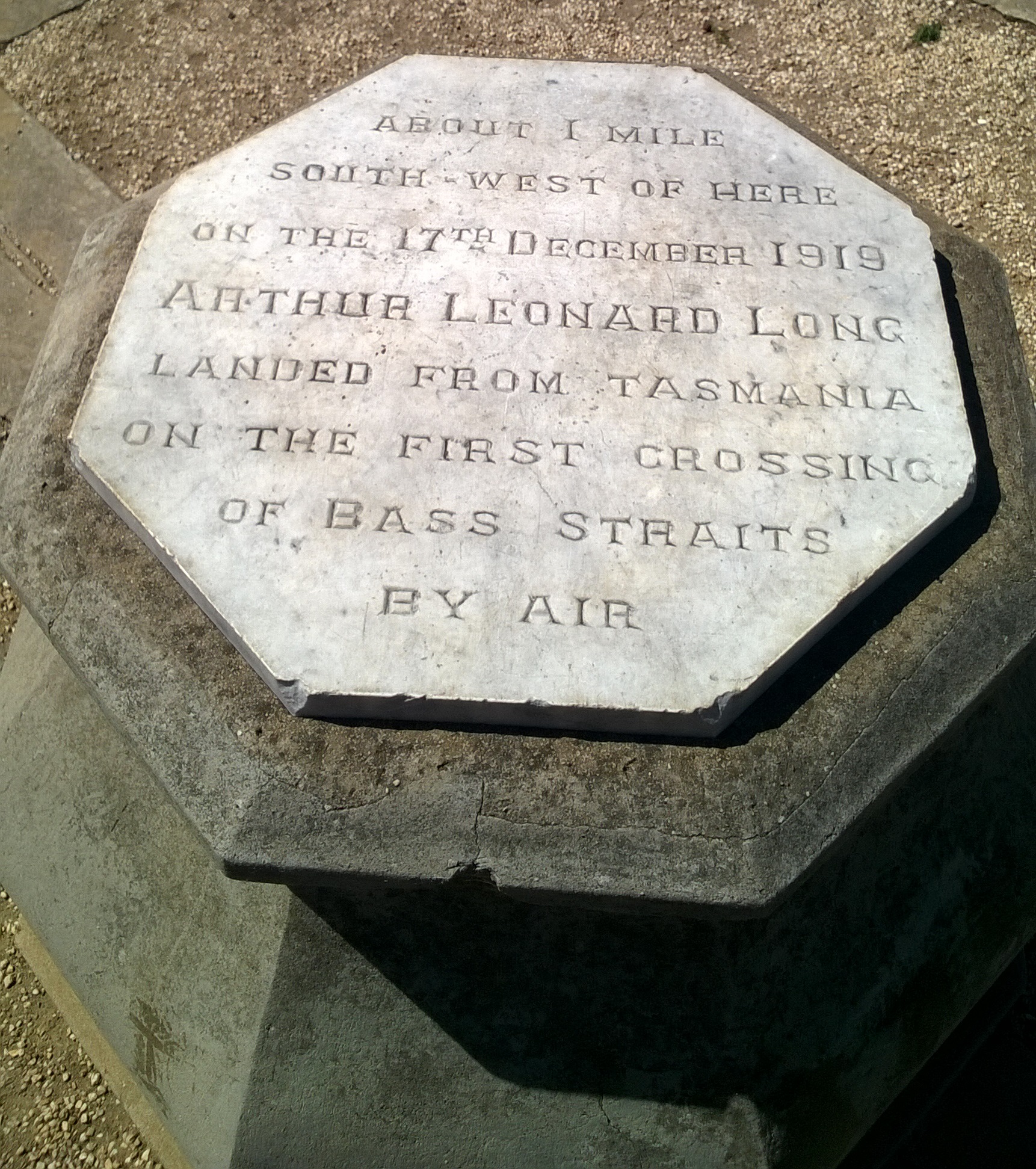|
Ischnochiton Lineolatus
''Ischnochiton lineolatus'', commonly known as the lined ischnochiton is a species of chiton in the genus ''Ischnochiton'' that lives under rocks in the intertidal waters of southern and south-western Australia, from Bass Strait to the central west coast. It is commonly found throughout its wide range, and is often found with ''Ischnochiton cariosus ''Ischnochiton cariosus'', commonly known as the corroded ischnochiton, is a species of chiton in the genus '' Ischnochiton'' that lives under rocks in the intertidal and shallow subtidal waters of southern Australia and up the coast of Western ...''. It grows to 40 mm long. Its back has a brown rim, and white scales with scattered brown dashes parallel with its axis. References Ischnochitonidae Chitons of Australia {{australia-stub ... [...More Info...] [...Related Items...] OR: [Wikipedia] [Google] [Baidu] |
Chiton
Chitons () are marine molluscs of varying size in the class Polyplacophora ( ), formerly known as Amphineura. About 940 extant and 430 fossil species are recognized. They are also sometimes known as sea cradles or coat-of-mail shells or suck-rocks, or more formally as loricates, polyplacophorans, and occasionally as polyplacophores. Chitons have a shell composed of eight separate shell plates or valves. These plates overlap slightly at the front and back edges, and yet articulate well with one another. Because of this, the shell provides protection at the same time as permitting the chiton to flex upward when needed for locomotion over uneven surfaces, and even allows the animal to curl up into a ball when dislodged from rocks. The shell plates are encircled by a skirt known as a girdle. Habitat Chitons live worldwide, from cold waters through to the tropics. They live on hard surfaces, such as on or under rocks, or in rock crevices. Some species live quite high in the i ... [...More Info...] [...Related Items...] OR: [Wikipedia] [Google] [Baidu] |
Ischnochiton
''Ischnochiton'' spp. (unknown species) from South Africa ''Ischnochiton'' is a genus of polyplacophoran mollusc.MolluscaBase eds. (2021). MolluscaBase. Ischnochiton Gray, 1847. Accessed through: World Register of Marine Species at: http://www.marinespecies.org/aphia.php?p=taxdetails&id=138088 on 2021-03-22 Species * † '' Ischnochiton abbessi'' (Cherns & Schwabe, 2019) * '' Ischnochiton acomphus'' Hull & Risbec, 1930 * '' Ischnochiton adelaidensis'' (Reeve, 1847) * '' Ischnochiton aidae'' Righi, 1973 * '' Ischnochiton alascensis'' Thiele, 1910 * '' Ischnochiton albinus'' Thiele, 1911 * '' Ischnochiton arbutum'' (Reeve, 1847) * '' Ischnochiton australis'' (G. B. Sowerby II, 1840) * ''Ischnochiton bergoti'' (Vélain, 1877) * '' Ischnochiton bigranosus'' Kaas & Van Belle, 1990 * ''Ischnochiton boninensis'' Bergenhayn, 1933 * '' Ischnochiton bouryi'' Dupuis, 1917 * '' Ischnochiton broomensis'' Ashby & Cotton, 1934 * '' Ischnochiton caliginosus'' (Reeve, 1847) * ''Ischnoch ... [...More Info...] [...Related Items...] OR: [Wikipedia] [Google] [Baidu] |
Intertidal
The intertidal zone or foreshore is the area above water level at low tide and underwater at high tide; in other words, it is the part of the littoral zone within the tidal range. This area can include several types of habitats with various species of life, such as sea stars, sea urchins, and many species of coral with regional differences in biodiversity. Sometimes it is referred to as the ''littoral zone'' or '' seashore'', although those can be defined as a wider region. The intertidal zone also includes steep rocky cliffs, sandy beaches, bogs or wetlands (e.g., vast mudflats). This area can be a narrow strip, such as in Pacific islands that have only a narrow tidal range, or can include many meters of shoreline where shallow beach slopes interact with high tidal excursion. The peritidal zone is similar but somewhat wider, extending from above the highest tide level to below the lowest. Organisms in the intertidal zone are well-adapted to their environment, facing high level ... [...More Info...] [...Related Items...] OR: [Wikipedia] [Google] [Baidu] |
Bass Strait
Bass Strait () is a strait separating the island state of Tasmania from the Mainland Australia, Australian mainland (more specifically the coast of Victoria (Australia), Victoria, with the exception of the land border across Boundary Islet). The strait provides the most direct waterway between the Great Australian Bight and the Tasman Sea, and is also the only maritime route into the economically prominent Port Phillip Bay. Formed 8,000 years ago by rising sea levels at the end of the last glacial period, the strait was named after English explorer and physician George Bass (1771–1803) by History of Australia (1788–1850), European colonists. Extent The International Hydrographic Organization defines the limits of Bass Strait as follows: :''On the west.'' The eastern limit of the Great Australian Bight [being a line from Cape Otway, Australia, to King Island (Tasmania), King Island and thence to Cape Grim, the northwest extreme of Tasmania]. :''On the east.'' The western li ... [...More Info...] [...Related Items...] OR: [Wikipedia] [Google] [Baidu] |
Coastal Regions Of Western Australia
Western Australia has the longest coastline of any state or territory in Australia, at 10,194 km or 12,889 km (20,781 km including islands). It is a significant portion of the coastline of Australia, which is 35,877 km (59,736 km including islands). The earliest full charting of the coastline occurred during exploration in the late eighteenth and early nineteenth centuries. The coastline has some features or organisms that are found on the entire length, while some others are specific to particular coastal regions. Various government map posters have been created over time, which have examples of coastal form, or types of coast such as the 1984 map with photos. Integrated Marine and Coastal Regionalisation of Australia (IMCRA) The IMCRA has offshore regions delineated in a systematic appraisal of ecology and geography. Coastal regions used in weather reports Standard Bureau of Meteorology reports include the following reference points for coastal w ... [...More Info...] [...Related Items...] OR: [Wikipedia] [Google] [Baidu] |
Ischnochiton Cariosus
''Ischnochiton cariosus'', commonly known as the corroded ischnochiton, is a species of chiton in the genus '' Ischnochiton'' that lives under rocks in the intertidal and shallow subtidal waters of southern Australia and up the coast of Western Australia as far as Shark Bay Shark Bay () is a World Heritage Site in the Gascoyne region of Western Australia. The area is located approximately north of Perth, on the westernmost point of the Australian continent. UNESCO's listing of Shark Bay as a World Heritage S .... It is commonly found throughout its range and is often found with '' Ischnochiton torri''. It grows to 35 mm long and has a pale-straw colour. References Chitons of Australia Ischnochitonidae {{australia-stub ... [...More Info...] [...Related Items...] OR: [Wikipedia] [Google] [Baidu] |
Ischnochitonidae
Ischnochitonidae is a family of chiton, polyplacophoran mollusc belonging to the superfamily Chitonoidea. MolluscaBase eds. (2022). MolluscaBase. Ischnochitonidae Dall, 1889. Accessed through: World Register of Marine Species at: https://www.marinespecies.org/aphia.php?p=taxdetails&id=69 on 2022-06-22 Subfamilies and genera * ''Ischnochitoninae'' Dall, 1889 ** ''Callistochiton'' Dall, 1879: belongs to the family Callistoplacidae ** ''Simplischnochiton'' Van Belle, 1974: synonym of Ischnochiton Gray, 1847 ** ''Lepidozona'' Pilsbry, 1892 ** ''Radsiella'' Pilsbry, 1892 ** ''Stenochiton'' H. Adams & Angas, 1864 ** ''Stenoplax'' Dall, 1879 ** ''Stenosemus'' Middendorff, 1847 ** ''Subterenochiton'' Iredale & Hull, 1924 **''Thermochiton'' Saito & Okutani, 1990 ** ''Tonicina'' Thiele, 1906 ** ''Tripoplax'' S. S. Berry, 1919 * Callistoplacinae Pilsbry, 1893raised to family level Callistoplacidae Pilsbry, 1893 * ''Callochitoninae'': raised to family levelCallochitonidae Plate, 1901 * ''Lep ... [...More Info...] [...Related Items...] OR: [Wikipedia] [Google] [Baidu] |



